The humble backyard of Poultry farming coop to industrial-scale operations, raising chickens, ducks, turkeys, and other feathered creatures has long been a staple of rural economies and sustainable food production.
Is Poultry Farming A Good and Profitable Business? But beyond the idyllic images of clucking hens pecking in the yard lies a complex business landscape where entrepreneurs navigate market trends, animal welfare concerns, and consumer demands to carve out their slice of a multi-billion-dollar industry.
What Is Poultry Farming?
Poultry farming is a dynamic industry crucial in meeting global food demands. Its scale—over 50 billion chickens raised annually underscores its significance in food production.
Limited to meat and eggs, poultry farming also highlights the versatility of these birds as feather sources, showcasing their multifaceted utility. Of the various poultry birds reared, chickens stand out as the most prevalent and widely farmed species.
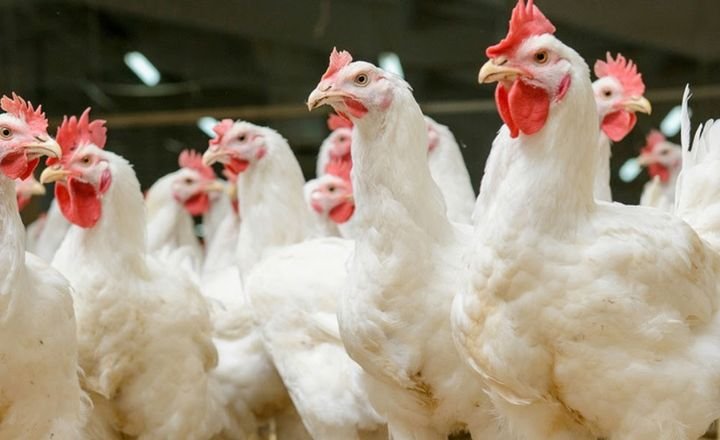
The distinction between broilers for meat production and layers for egg-laying showcases the industry’s specialization and careful breeding practices.
Niche interests such as guinea fowls and squabs add an element of diversity to poultry farming, catering to local preferences and demonstrating the sector’s adaptability to unique market demands.
Is A Poultry Farm Profitable?
Poultry farming isn’t just about raising chickens for meat or eggs; it’s a dynamic industry that requires strategic planning and continual adaptation to market trends. In a health-conscious society, the demand for lean protein sources like chicken is steadily increasing, making poultry farming more lucrative than ever before.
The right approach, farmers can capitalize on this trend by incorporating sustainable practices and high-quality standards into their operations. Embracing innovation and technology is crucial for modern poultry farms to stay competitive and meet consumer expectations.
Farming techniques such as automated poultry feeding systems, climate-controlled housing, and genetic selection for disease resistance can significantly enhance productivity and profitability.
How Many Chickens Do You Need To Make a Profit?
Poultry farming presents a promising opportunity for new entrepreneurs looking to dip their toes into the agricultural industry. Starting with 200-300 poultry birds, you are setting the stage for a lucrative venture that can scale based on your dedication and hard work.
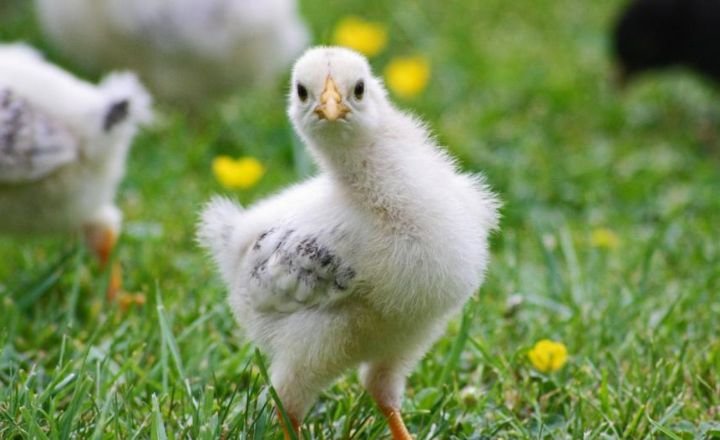
Raising chickens for eggs is a strategic move that can quickly yield significant profits. Properly managed and cared for, a flock of 300 birds can generate a net income of $2,000 per month, factoring in essential expenses such as feed and veterinary services.
The dynamics of poultry farming are crucial for success in this industry. It’s not just about raising birds; it’s about creating a sustainable and profitable business model. Investing in high-quality feed, regular vet checkups and preventive measures against diseases is essential to ensure the health and productivity of your flock.
As a newbie in the field, harnessing the potential of chicken egg production can serve as an excellent entry point into the world of poultry farming, offering steady returns and valuable insights into market demands.
To thrive in poultry farming, aspiring farmers must go beyond raising birds they must also cultivate knowledge about market trends, consumer preferences, and efficient management practices.
Leveraging technological advancements and networking within the agricultural community can provide valuable resources and support for optimizing operations and profitability.
Adopting a forward-thinking approach and dedication to excellence in husbandry practices, newcomers to poultry farming can set themselves up for long-term success in this dynamic industry.
How Much Money Can You Make Selling Chickens?
As poultry farms continue to flourish, the opportunity to maximize profits through strategic sales avenues becomes increasingly apparent. With each batch of hatched chicks representing potential revenue streams, focusing on selling day-old chicks at varying price points is a smart business move.
Aim for premium rates by offering purebred birds, tapping into a market segment willing to pay top dollar for quality stock. Proper care and management over four to six months, your chicks will grow into pullets ready to lay eggs.
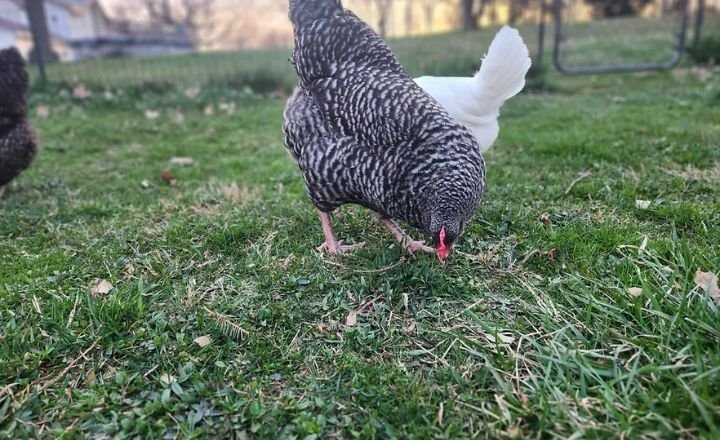
Leveraging this stage of their development can yield even greater returns ranging from $25-$30 per bird. Culling excess roosters not needed for breeding can provide an additional income stream through meat sales based on weight and prevailing regional prices per pound.
Diversifying revenue sources with the sale of chicks, pullets, and surplus birds for meat consumption, your poultry farm stands poised for continued success in this thriving industry.
What Are The Most Profitable Birds To Raise?
1. Chickens
Poultry farming has become a cornerstone of the agricultural industry, with chickens leading the way in profitability. The preference for chicken meat over other poultry options has solidified their place as the go-to bird for raising.
As mass production of chicken meat took off in the early 20th century, it quickly became clear that chickens were a smart choice for farmers looking to capitalize on market demand.
A specialized industry now dedicated to chicken meat production, it’s easier than ever to start a successful business by raising these birds. The surge in demand for chicken meat has shaped the poultry industry and impacted consumer preferences worldwide.
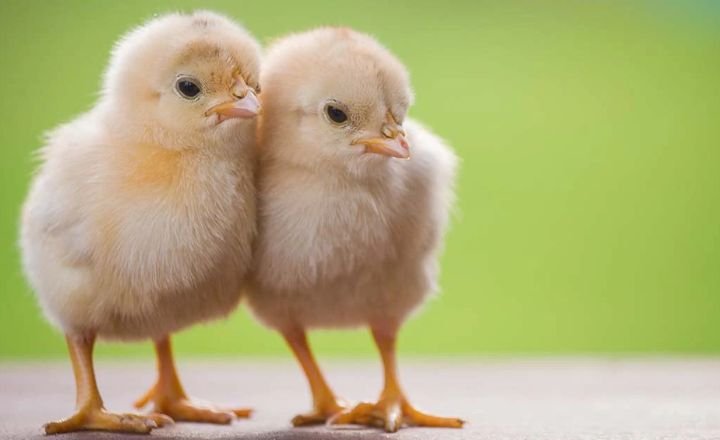
This shift from egg to meat production signifies a significant evolution in how we view and consume poultry products. For beginners looking to enter the world of poultry farming, choosing and breeding chickens can set them on a path toward success right from the start.
2. Turkey
Poultry farming, specifically turkey breeding, presents a lucrative opportunity for those seeking a sustainable income stream. The profit potential is substantial for the one tom being the equivalent of 8 to 10 hens in a flock.
The modern hybrid turkey’s size necessitates artificial insemination for breeding, highlighting the importance of advanced techniques in poultry farming practices. The timeline and resource investment in raising turkeys underscore the deliberate approach required in this endeavor.

Successful turkey farming demands attention to detail and proper management strategies. It involves 12 to 19 weeks of care and feed amounts varying between 35 and 80 lbs per bird.
Duck
Although primarily conducted on a small scale, duck raising holds great potential as a profitable small-farm enterprise. Ducks’ adaptability allows for easy transportation and confinement, making them suitable for even limited farming spaces.
Their ability to efficiently convert waste products and scattered grain into nutritious meat and eggs presents an attractive opportunity. Duck farming has the potential to yield up to 300 eggs per year per duck and has significant economic prospects.
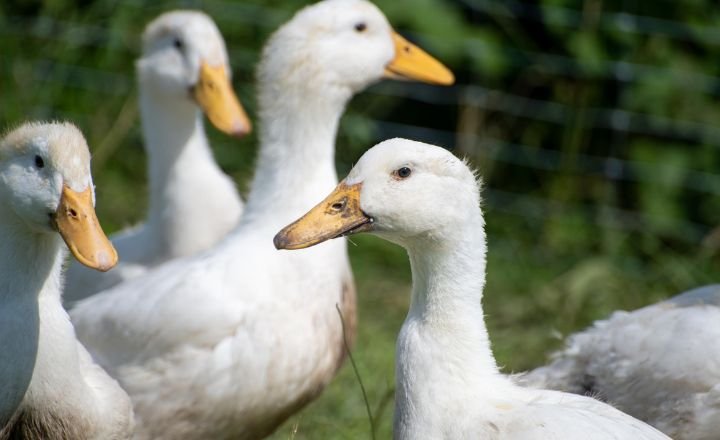
Poultry farming, including duck raising, offers unique advantages for individuals looking to enter the agricultural industry on a smaller scale. Ducks are efficient converters of waste products and provide a sustainable source of nutritious food products in return. Embracing duck farming as part of a small-farm operation diversifies income streams and contributes to sustainable agriculture practices through resource utilization and productivity maximization.
This underlines the importance of recognizing ducks as valuable assets in modern poultry farming endeavors.
Goose
Poultry farming offers a diverse range of revenue streams beyond eggs and meat, with goose raising an intriguing option. The conventional income from eggs and meat and the feathers of geese can be a valuable commodity.

The unique and luxurious nature of goose feathers makes them sought after in various industries, such as bedding, fashion, and crafting. Special practices like force-feeding to enlarge ducks’ livers for foie gras can open up another high-end market avenue for poultry farmers.
This delicacy is prized for its rich flavor and creamy texture, commanding premium prices in gourmet restaurants worldwide.
Conclusion
Poultry farming can be a lucrative and sustainable business venture for those willing to put in the effort and resources required. With the increasing demand for poultry products globally, this industry has a significant opportunity for growth and profitability.
Success in poultry farming depends on factors such as proper management, biosecurity measures, and market understanding. A carefully planning and implementing best practices, aspiring poultry farmers can reap the rewards of this thriving industry.
FAQs
Is poultry farming a good business option?
Poultry farming can be lucrative for those willing to invest time and effort.
What are the key factors to consider before starting a poultry farm?
A poultry farm, there are several key factors to consider to ensure success. First, you should carefully research and understand the market demand for poultry products in your area.
What are the common challenges faced in poultry farming?
Poultry farming, like any other agricultural endeavor, comes with its own set of challenges. One common challenge faced in poultry farming is disease outbreaks.
